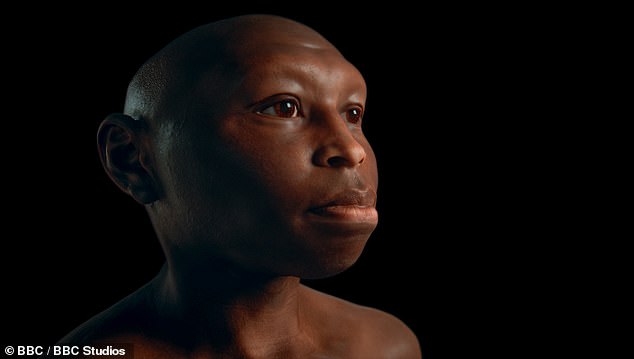
Scientific Facial Reconstructions Unveil Ancient Humans, Including the ‘Hobbit’ Species
The Faces of Ancient Human Relatives Revealed in Groundbreaking Reconstructions
For millennia, Homo sapiens have dominated the planet, but 300,000 years ago, our ancestors were just one of six human species. A new BBC documentary, Human, unveils the most scientifically accurate 3D reconstructions of these ancient relatives, created using cutting-edge digital modeling and fossil evidence.
[Image: Homo floresiensis “The Hobbit” reconstruction]
Homo erectus: The Pioneer
The first human species to walk fully upright, Homo erectus thrived between 1.89 million and 110,000 years ago. They migrated from Africa to Asia and Europe—a groundbreaking feat not replicated by modern humans for another two million years. Standing around five feet tall, they had flatter faces, prominent brow ridges, and brains smaller than ours. Their upright posture freed their hands for tool-making, and they were the first to control fire.
[Image: Homo erectus reconstruction]
Homo floresiensis: The Hobbit
Discovered on Flores Island, Indonesia, this tiny species lived 700,000–50,000 years ago. Nicknamed “The Hobbit,” they stood just 3.5 feet tall, with large feet and chimpanzee-sized brains. Scientists attribute their small stature to insular dwarfism, where limited resources shrink larger species. Their island home featured dwarf elephants, giant rats, and towering storks.
[Image: Illustration of Flores Island’s ancient fauna]
Neanderthals: Our Closest Cousins
Homo neanderthalensis roamed Europe, Central Asia, and the Middle East 430,000–40,000 years ago. Adapted to cold climates, they had wide noses, stocky bodies, and used their teeth as a “third hand.” Neanderthals overlapped with humans, interbred, and contributed up to 4% of DNA to non-African populations today.
[Image: Neanderthal reconstruction]
Early Homo sapiens: The Modern Human Emerges
The earliest Homo sapiens, dated to 300,000 years ago, were found in Morocco. These individuals had elongated skulls and pronounced brows, hinting at transitional traits from earlier ancestors. Around 60,000 years ago, a small group migrated from Africa, becoming the ancestors of all non-Africans today.
[Image: Early Homo sapiens reconstruction]
Why Did Homo sapiens Survive?
While other species vanished due to climate shifts, competition, or interbreeding, Homo sapiens’ adaptability, complex tools, and social structures likely secured their survival.
Human airs on BBC Two and BBC iPlayer, offering an unprecedented glimpse into our shared evolutionary story.
[Image: Side-by-side comparison of ancient human species]
Key Facts:
- Homo erectus: First upright walkers; mastered fire.
- Homo floresiensis: Island-dwelling “Hobbits” with dwarfism.
- Neanderthals: Cold-adapted; interbred with humans.
- Early Homo sapiens: Originated in Africa; outlasted other species.
This groundbreaking research bridges the gap between ancient fossils and the faces of our long-lost relatives.


